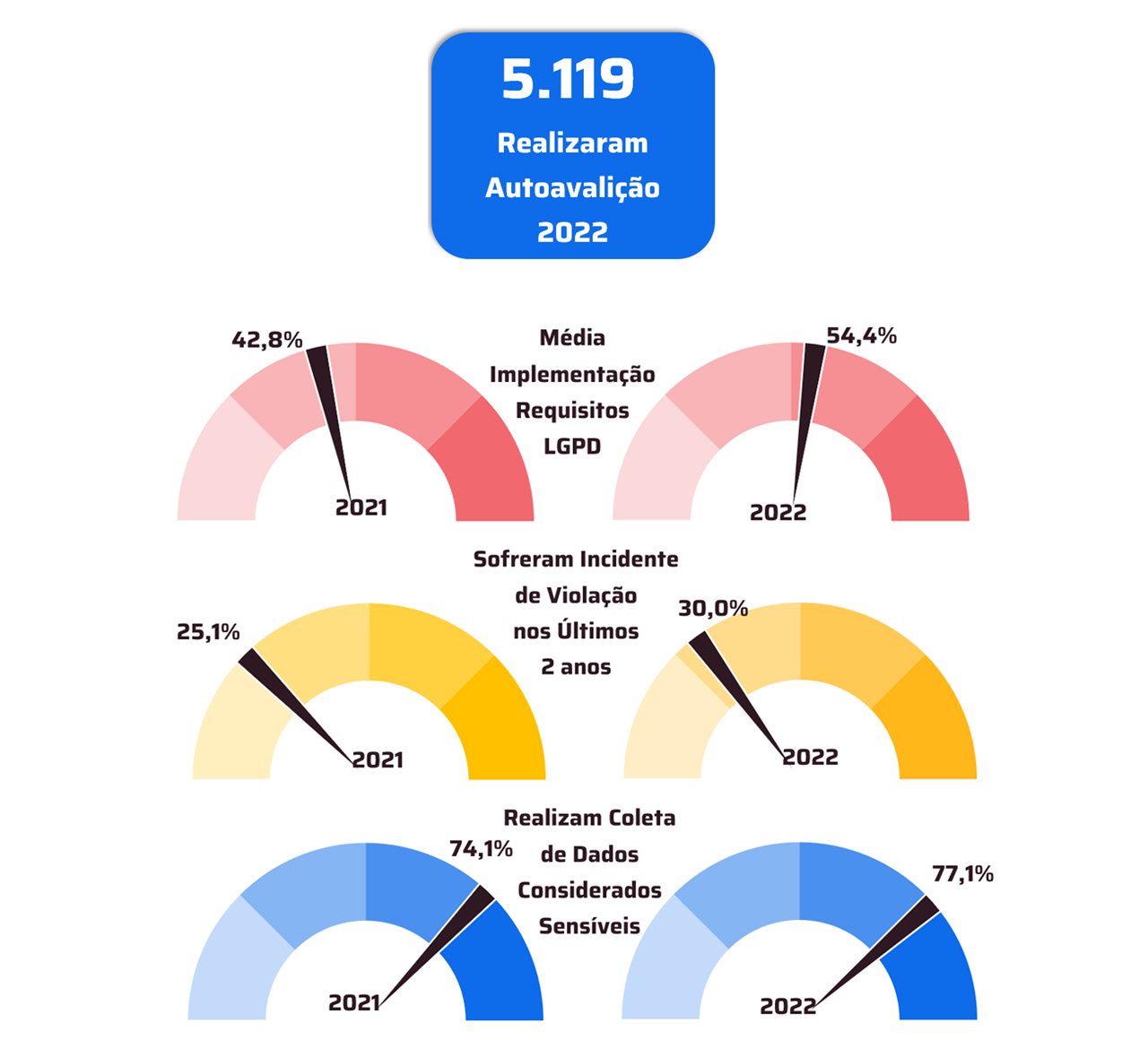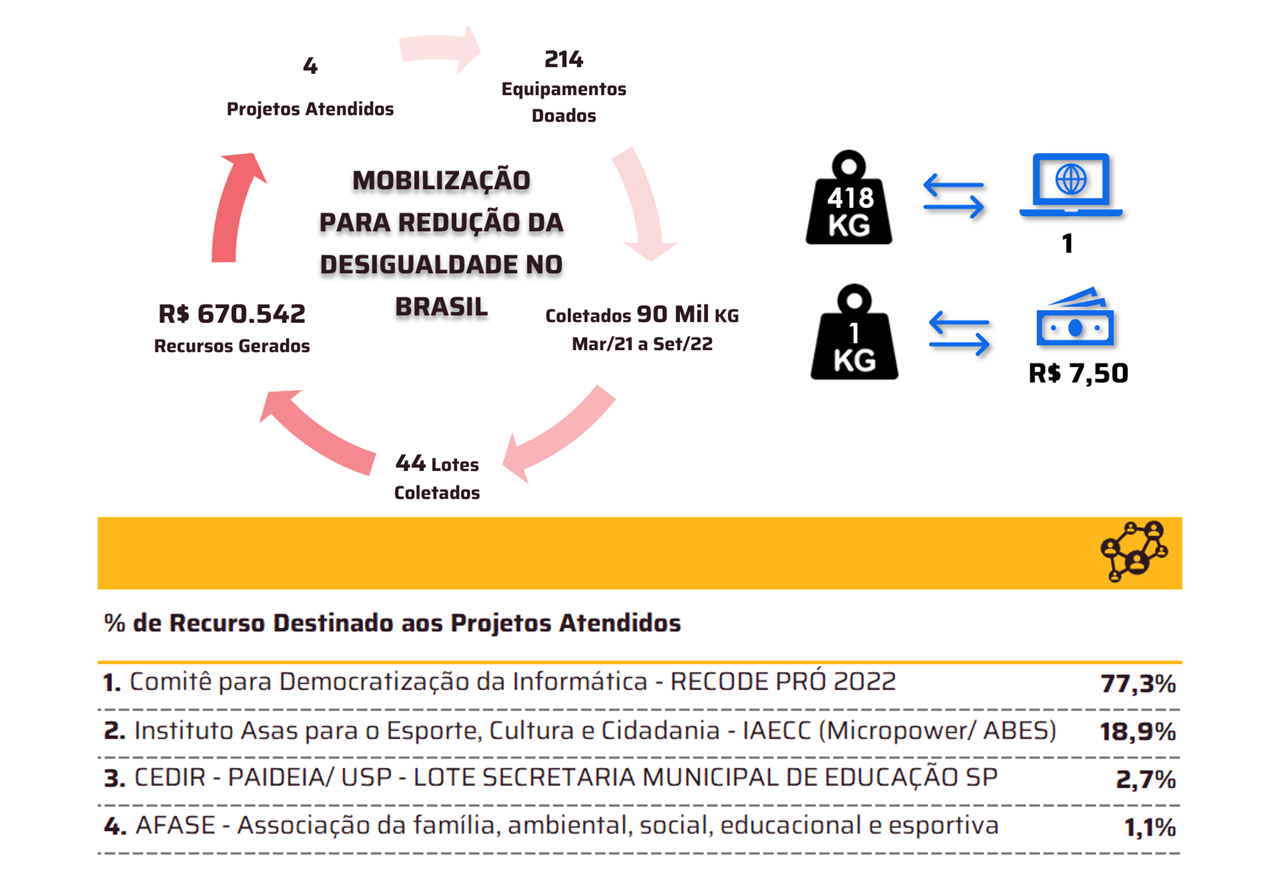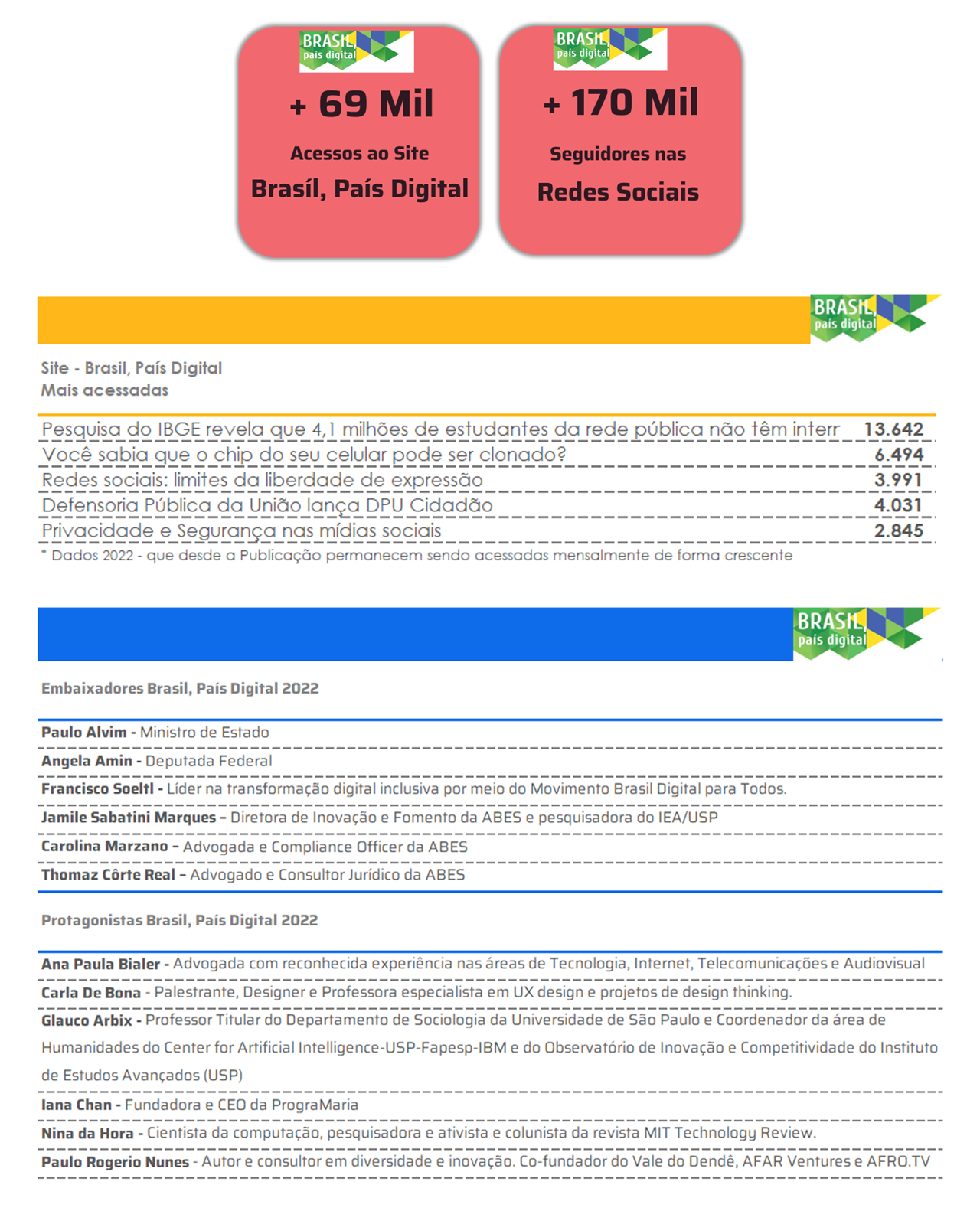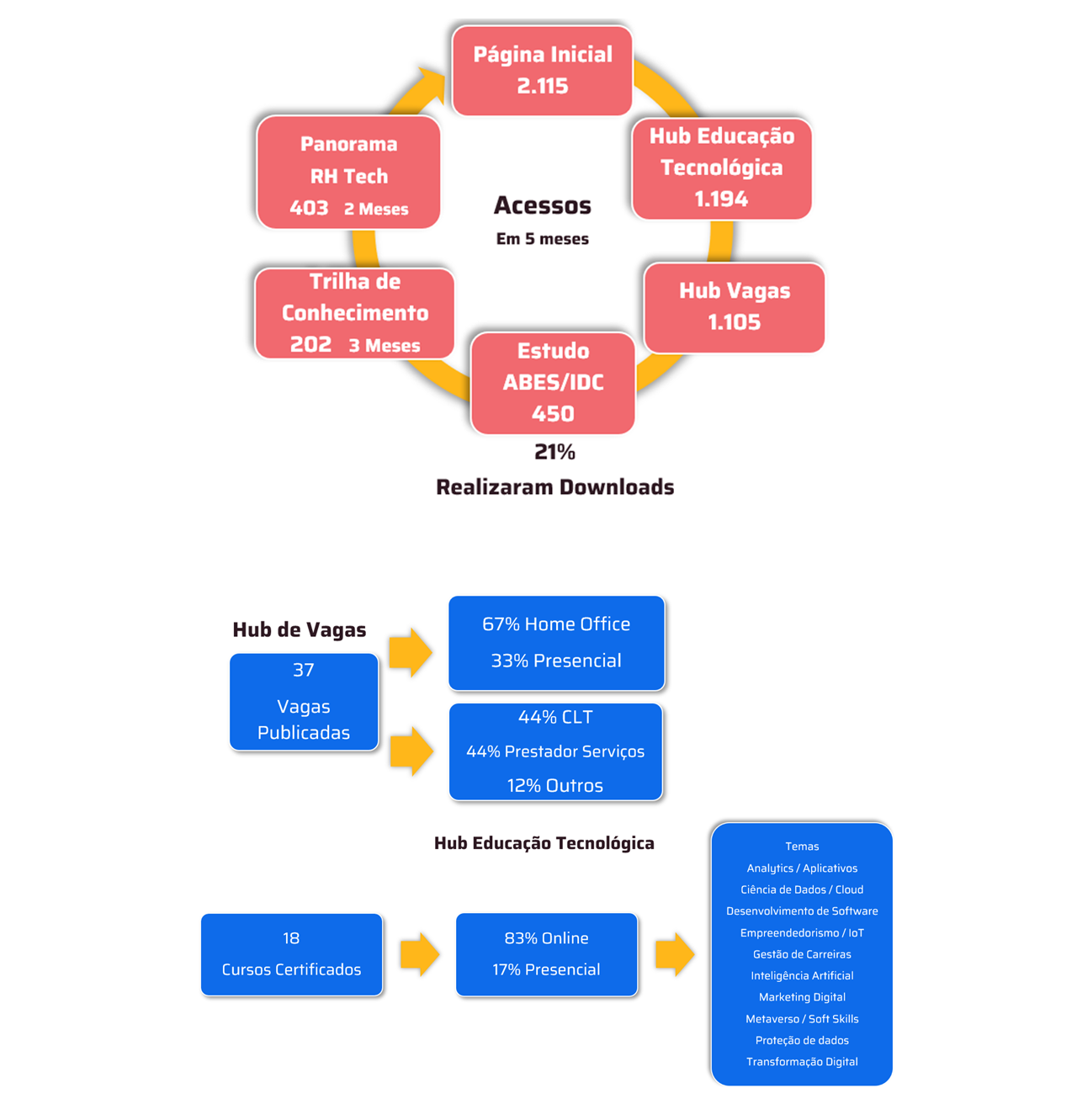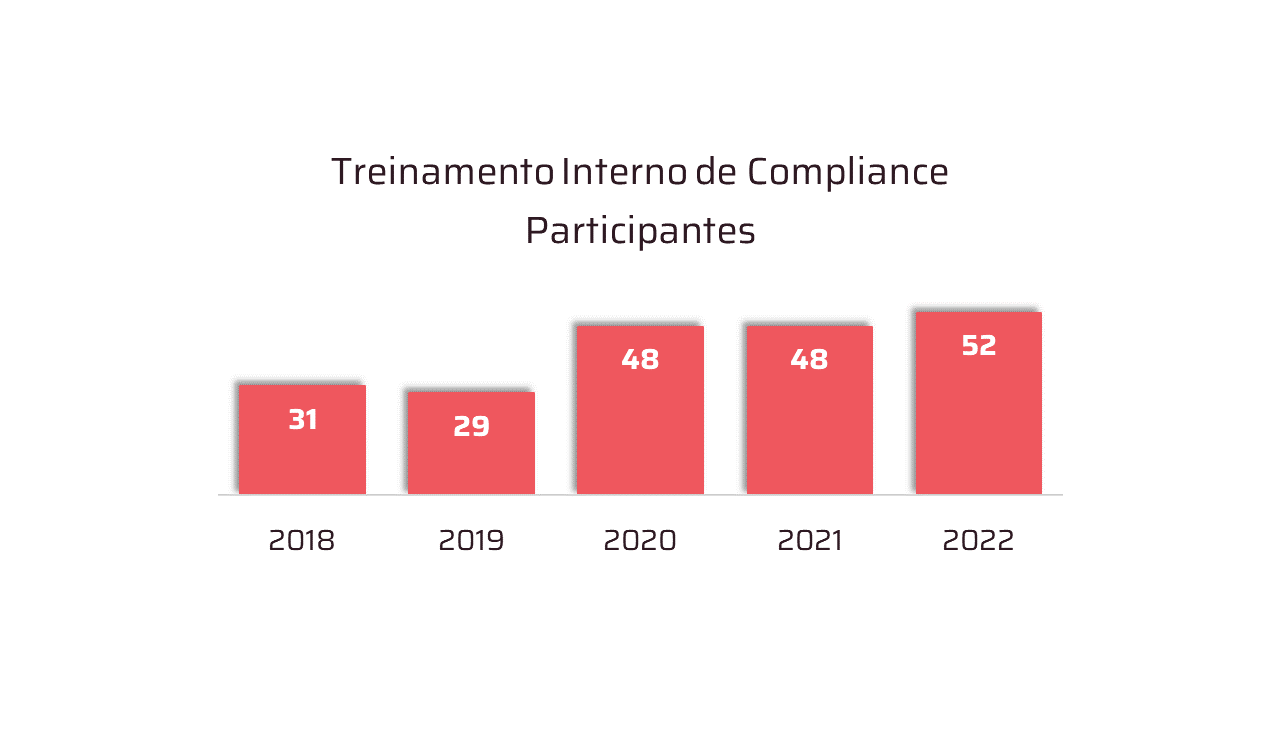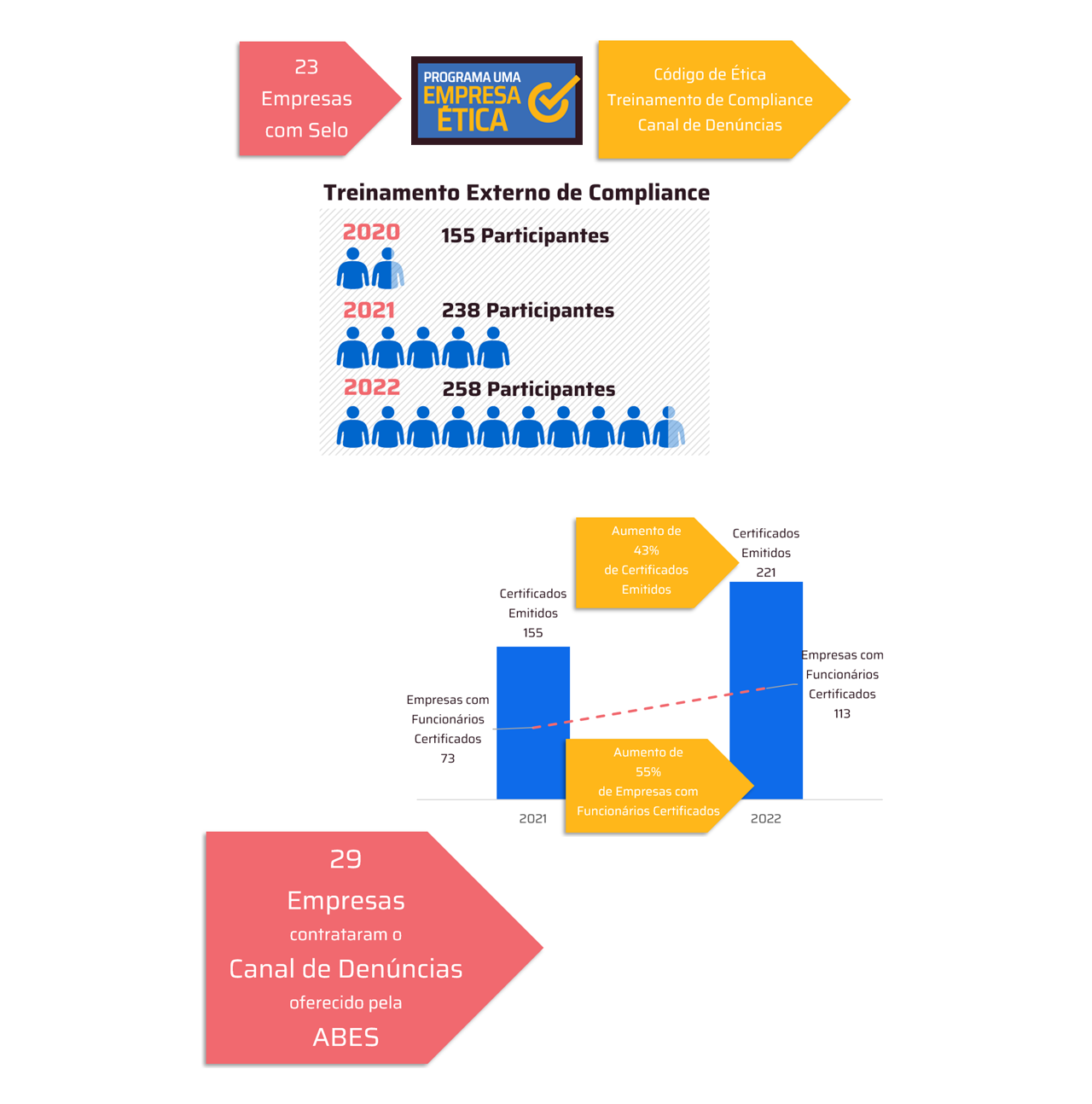Conducted with more than 32,000 respondents in 25 countries, the survey reveals specific factors that influence the image
In a pioneering study, ADP Research Institute of ADP, a global leader in payroll management solutions, developed the HR XPerience Score (HRXPS) metric to measure service quality and the impact of Human Resources (HR) functions . In addition, the survey identified key factors that directly correlate with a strong employer brand, realized through employee experience.
The study was conducted in 25 countries, with more than 32,000 respondents, and provides insight into the importance of HR to an employer's brand image, based on key interactions during an employee's journey. In addition, it provides new insights for HR's and business leaders when managers reorient efforts to engage, hire and retain talent.
To better understand what influences a company's employer brand – the likelihood that an employee will recommend your company to a family member or friend as a place to work – the study aimed to identify the factors that influence the employer brand and generate a high HRXPS. It also mapped what exactly will influence an employee's intention to quit, and what drives other people to make the same decision.
The generation of a strong HRXPS is influenced by the employee's relationship with HR and the frequency of interaction. Employees who have a single point of contact with HR are twice as likely to say it promotes value, while those with multiple contacts are five times more likely compared to employees who don't.
In addition, the number of interactions matters, as employees are 7.4 times more likely to say HR is a value driver when they experience at least seven interactions compared to no interactions at all. As a result, the study found that the more services an employee uses, the higher the HRXPS, and those who use five HR services are 11 times more likely to say the same is a value promoter for those who don't use any services.
“While companies have always tried to better understand what contributes to their employer brand, we now have a metric that we've studied to effectively measure the role of HR,” said Marcus Buckingham, head of people and performance research at the ADP Research Institute.
“The workforce remains very focused on the need for talent, as when vacancies increase, competition for the best talent remains high,” said Sreeni Kutam, chief human resources officer, ADP. “At the heart of talent management, both in acquisition and retention, as well as in the employer brand image, is HR. Thus, its importance can now be measured with an industry benchmark to assess the strength of a company's area function.”
Actions and behaviors in HRXPS practice:
What Influences HRXPS
As part of the study, ADP created a metric to measure and categorize a company's HR role as Value Promotion, Value Performance, and Value Detraction, which can be used as an industry benchmark for benchmarking at national and global levels. of a company's HR function.
- A Positive HR Perspective:
- When an employee thinks that HR is a value promoter, he or she is eight times more likely to be a promoter of the employer's brand image.
- Likelihood of intention to leave:
- Employees who promote value are 3.7 times more likely to have no intention of leaving than those who devalue value.
- However, for employees who are Value Detraction under HRXPS, they are 3.4 times more likely to be actively looking for a new job compared to Value Promotion.
- Schedule for actual voluntary terminations:
- Employees who leave voluntarily are 1.6 times more likely to see HR as a Value Detractor three months before leaving the company.

Key Factors Influencing HRXPS:
The global study found that, in general, HR interactions and the human experience have a dramatic effect on a company's employer brand image and can influence retention.
- A single point of contact:
- Employees who have a single point of contact with HR are twice as likely to say that it promotes value to employees with multiple contacts and five times as likely to say that it promotes value to employees with multiple contacts and five times more likely to employees who do not have HR.
- HR interaction frequency:
- Employees who have had seven interactions with HR are 7.4 times more likely to say that HR promotes value to those who have had no interactions.
- The more services used by an employee, the higher the HRXPS; an employee who uses five HR services is 11 times more likely to say that it promotes value to an employee who does not use any service.
- Main HR services that influence HRXPS:
- Integration:
- Employees who go through a formal integration process are 8.5 times more likely to say that HR promotes value than those who have not been formally integrated.
- Performance Attention:
- Employees who receive the most attention about their performance are 4.4 times more likely to say that HR promotes value to those who don't receive performance attention.
- Health benefits:
- Employees who receive health benefits and use them are 3.5 times more likely to say that HR is a value driver than those who have not received health benefits.
Employee characteristics not related to HRXPS:
The study also looked at additional factors and additional features that are unrelated to the quality of HR service:
- Employment status, whether full-time or part-time, does not increase the likelihood of any of the HRXPS categories.
- The average HRXPS is relatively equal between full-time and part-time workers.
- Being a certain gender or age does not increase the likelihood of seeing HR as a promoter or destroyer of value, nor does it increase an employee's level of education.
- High school employees are just as likely to rate HR as a value promoter for a college graduate.
- While an employee's tenure within an organization has been found to be a motivator for many outcomes, such as engagement, length of employment does not increase the likelihood of being in any of the HRXPS categories.
- The size of the company does not affect the HRXPS either.









